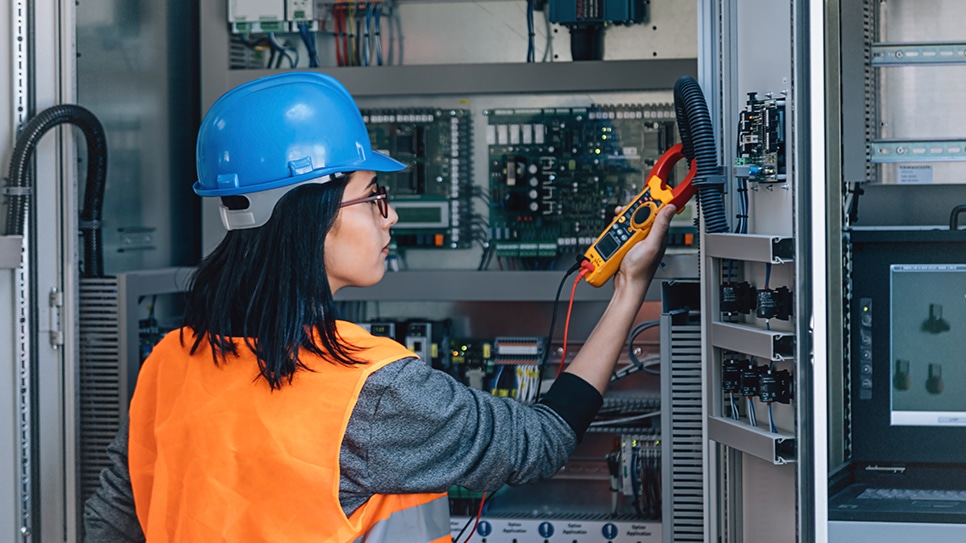Practicing electrical safety when working onsite or officing from home is critical to protecting the well-being of employees and the smooth operation of businesses. Implementing effective safety policies, procedures and training measures can help organizations reduce the risk of electrical accidents and fires. .
Electrical injuries at work can lead to death or injury and are often the result of employee getting in a hurry and taking shortcuts. According to the Bureau of Labor Statistics, most accidents involving electricity could be prevented by taking the time to be aware of your surroundings.
Ongoing employee training and education creates greater situational awareness of electrical hazards. By also regularly communicating safety reminders and success stories, employers can keep electrical safety at the forefront of everyone’s mind.
Follow these 10 steps to foster an electrical safety culture:
- Conduct Risk Assessments: Identify potential hazards, evaluate existing electrical systems and inspect equipment regularly. Being proactive enables you to identify and address potential safety risks, such as signs of wear and tear, loose connections, damaged cables and malfunctions before they escalate.
- Establish Clear Safety Procedures and Protocols: Provide guidelines on equipment handling, electrical system maintenance and safe work practices. Make sure all employees are well-trained and informed about these procedures and regularly reinforce them through training sessions and safety reminders.
- Provide Adequate Personal Protective Equipment (PPE): Ensure that employees have access to and utilize suitable PPE, including insulated gloves, safety goggles and flame-resistant clothing. Regularly inspect and maintain PPE to ensure its effectiveness.
- Implement Lockout/Tagout (LOTO) Procedures: Establish strict LOTO protocols to ensure that equipment is de-energized, locked and tagged before maintenance or repair work begins.
- Label Electrical Panels and Circuits: Clearly label all panels, circuit breakers and switches to allow quick identification during emergencies or maintenance activities. Ensure that labels are legible, up to date, and placed in visible locations to minimize the risk of accidental contact with live electrical components.
- Follow Proper Electrical Load Management: Avoid overloading circuits by distributing electrical loads evenly across circuits and using appropriate fuses or circuit breakers. Encourage employees to use power outlets as intended and discourage the use of multiple adapters or extension cords.
- Install Ground Fault Circuit Interrupters (GFCIs): Install GFCIs in areas where water or moisture is present, such as kitchens, bathrooms and outdoor workspaces, to detect electrical imbalances and quickly shut off power to prevent electric shocks.
- Ensure Proper Wiring and Insulation: Ensure that wiring is done by qualified electricians, adhering to safety standards. Maintain appropriate insulation for all electrical wires to prevent contact with conducting materials and reduce the risk of short circuits and electrical fires.
- Implement Fire Safety Measures: Implement fire safety measures such as installing smoke detectors, fire extinguishers and emergency lighting systems. Establish clear evacuation plans and conduct regular fire drills to ensure employees are familiar with emergency procedures.
- Maintain Good Housekeeping: Maintain a clean and organized workplace to prevent the accumulation of dust, debris or flammable materials near electrical equipment. Regularly remove clutter around electrical panels and ensure clear access to emergency shut-off switches.
Traliant Training
Need interactive training for employees on how to avoid electrical safety hazards? Traliant’s Electrical Safety training course explains the dangers of working with electricity, common risks and best practices to keep your onsite and remote workforces safe.



